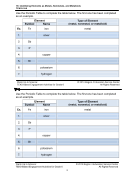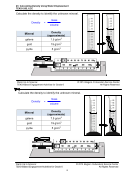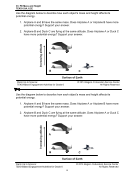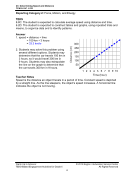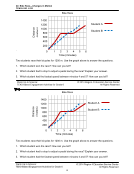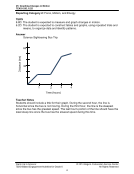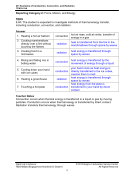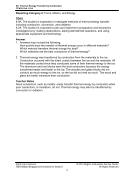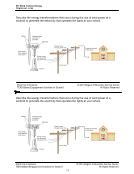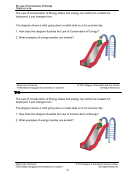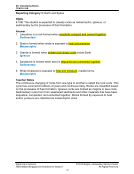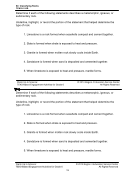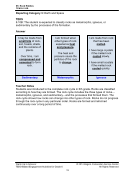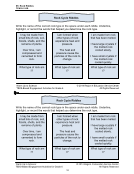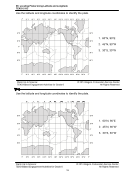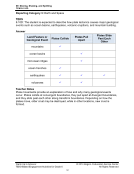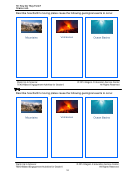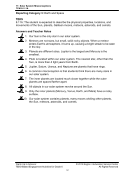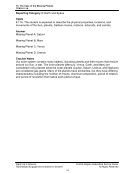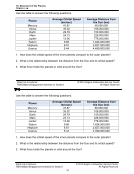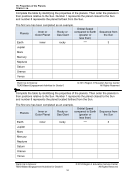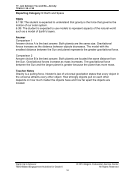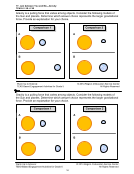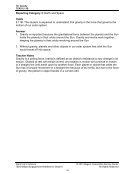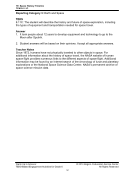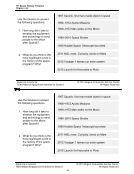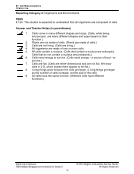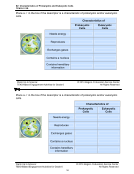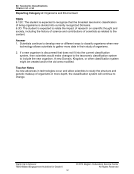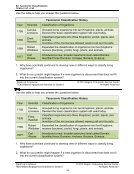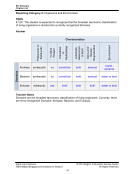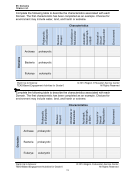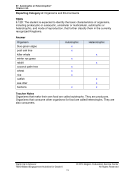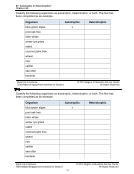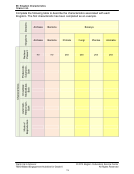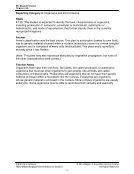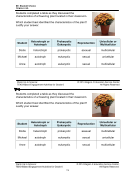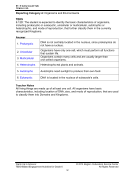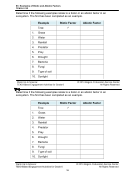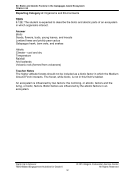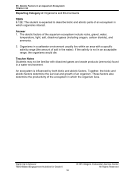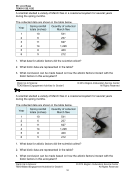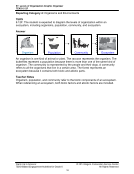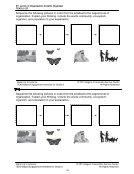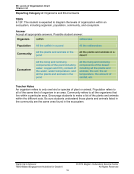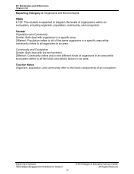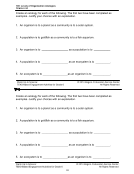Product Overview
Warm Up to Science offers student-centered engagement activities for immediate student involvement. Scientifically based research
supports the use of this form of frequent conceptual exposure to enhance student understanding.
Activities are designed to require 5–10 minutes of class time and are written with the cognitive rigor demanded by the Texas
Essential Knowledge and Skills (TEKS). Students must use critical thinking skills as they are presented with content-specific
activities or with visual stimuli, including charts, graphs, and tables. Each activity may be used as an engagement for a new lesson,
as a method to enhance retention, and as a means to support State of Texas Assessment of Academic Readiness (STAAR
)
preparation. Activities are grouped by STAAR strands and sequenced by specific TEKS and student expectations.
Warm Up to Science is presented in an even-odd page format. The even-numbered pages include activity answer keys and
supportive teacher notes. The odd-numbered pages present specific student activities that are easily photocopied. Use a photocopy
setting to reproduce activities with graphics or photographs.
The digital version of Warm Up to Science is presented in the opposite order of the print version. The student page comes before the
teacher page. This design lessens the chances of students seeing answers first. After students work through the activity, the teacher
can easily advance to the next screen for students to self-check their work if desired.
Why Begin Class with a Warm-Up?
Warm Up to Science incorporates instructional strategies that have been scientifically proven to enhance student achievement.
Some examples of these effective instructional strategies identified in research focus on the teacher’s ability to set high expectations
for students, activate prior knowledge, provide feedback that reinforces learning, and allow for recognition of effort. In this type of
learning environment, students will have the opportunity to
Warm Up to Science activities are designed to involve students in critical thinking processes. The activities focus on items that are
content-specific or items with visual stimuli, including charts, graphs, and tables. Activities are written to be brief and targeted and
can be used as formative assessment tools to gauge students’ comprehension of a concept. The activities require only 5–10 minutes
of class time.










































































































































































































































































